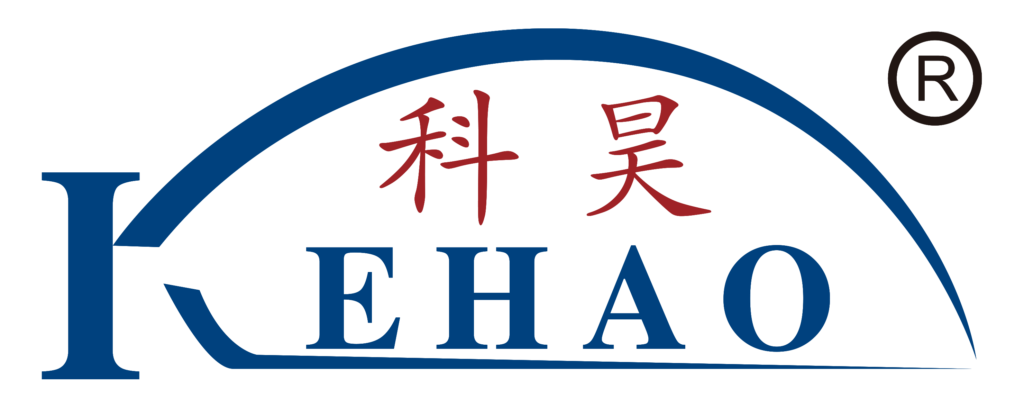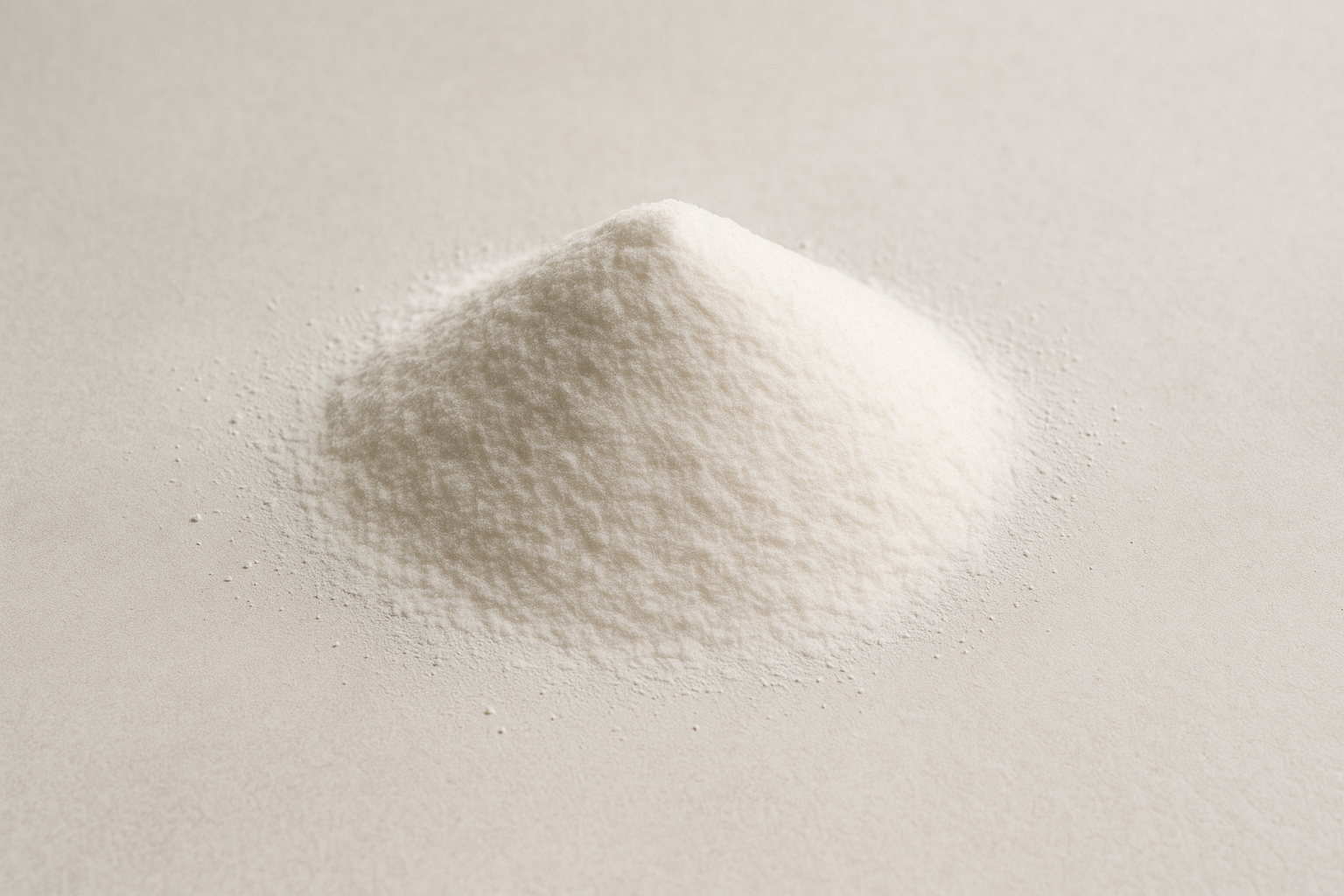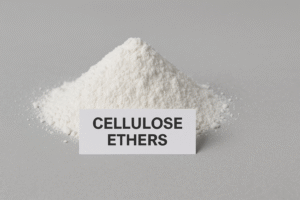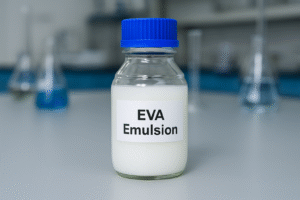Dealing with water issues in construction projects? Traditional methods waste time and money. Cellulose ether additives could be your solution, but understanding how they're made makes all the difference.
Cellulose ether1 is manufactured through a two-step process: alkalification of natural cellulose with sodium hydroxide, followed by etherification using reagents like chloromethane or propylene oxide. The raw product is then washed, dried, and ground to create the final powder.

The manufacturing process of cellulose ether directly affects its performance in your construction materials. Let me walk you through this fascinating transformation from natural fibers to water-soluble powder that gives your products their critical properties.
How Does Alkalification Transform Raw Cellulose?
When I first visited a cellulose ether factory, I was surprised by the mountain of cotton-like material waiting to be processed. Natural cellulose from wood pulp or cotton fibers sits insoluble and unusable for our purposes - until chemistry works its magic.
Alkalification is the first critical step where natural cellulose fibers are treated with concentrated sodium hydroxide (caustic soda) under controlled temperature conditions. This process breaks hydrogen bonds in the cellulose structure, making it reactive for the next manufacturing phase.
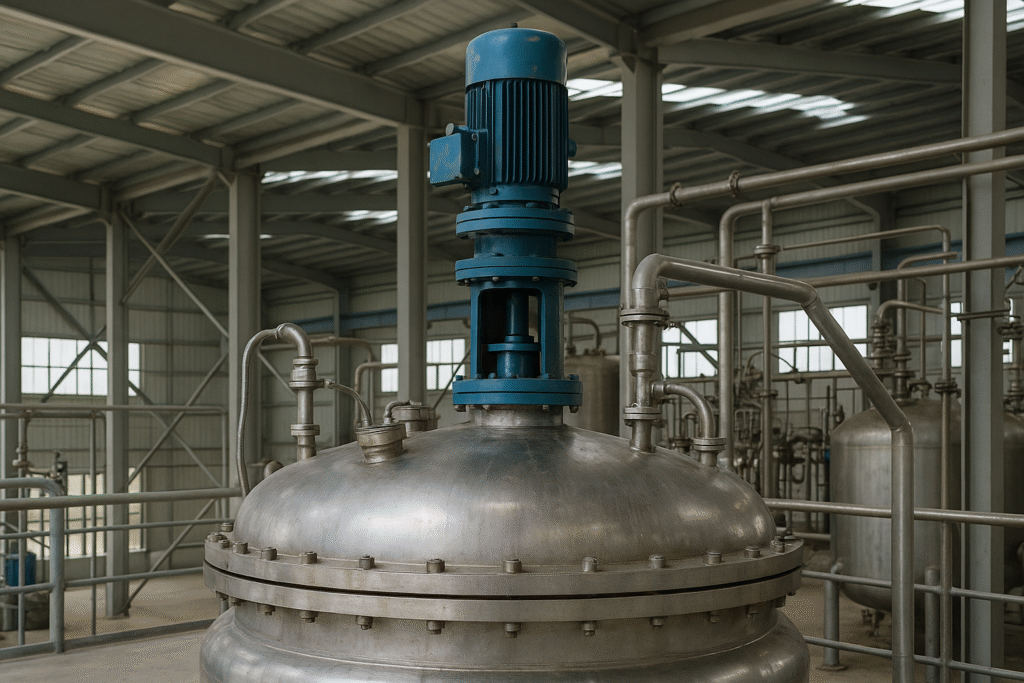
Breaking Down the Alkalification Process
The alkalification (or alkalization) fundamentally changes the molecular structure of cellulose, transforming it from a tightly packed, unreactive material into an "activated" form ready for chemical modification. In our factory, we carefully control several critical parameters:
| Parameter | Typical Range | Effect on Product |
|---|---|---|
| NaOH Concentration | 45-50% | Higher concentration increases reaction efficiency |
| Temperature | 20-30°C | Lower temperatures improve quality but slow production |
| Reaction Time | 1-2 hours | Longer times ensure complete activation |
| Agitation Speed | 100-150 RPM | Ensures uniform treatment of all fibers |
The success of this stage is absolutely essential - if we don't achieve proper activation, the subsequent etherification reaction will be incomplete, resulting in inconsistent product quality. I've seen small manufacturers try to reduce costs by rushing this process, but the results always show in the final product performance. One batch we produced with shortened alkalification time showed 30% lower viscosity than our standard product.
What Happens During the Etherification Process?
I remember standing beside our massive stainless steel reactors, watching as operators carefully measured etherification reagents. This step transforms the activated cellulose into something truly valuable for construction applications.
During etherification, activated cellulose reacts with etherifying agents like chloromethane (for HPMC2) or propylene oxide (for HEC3) under pressure and controlled temperature. This process attaches specific chemical groups to the cellulose backbone, determining water solubility, viscosity, and thermal gelation properties.
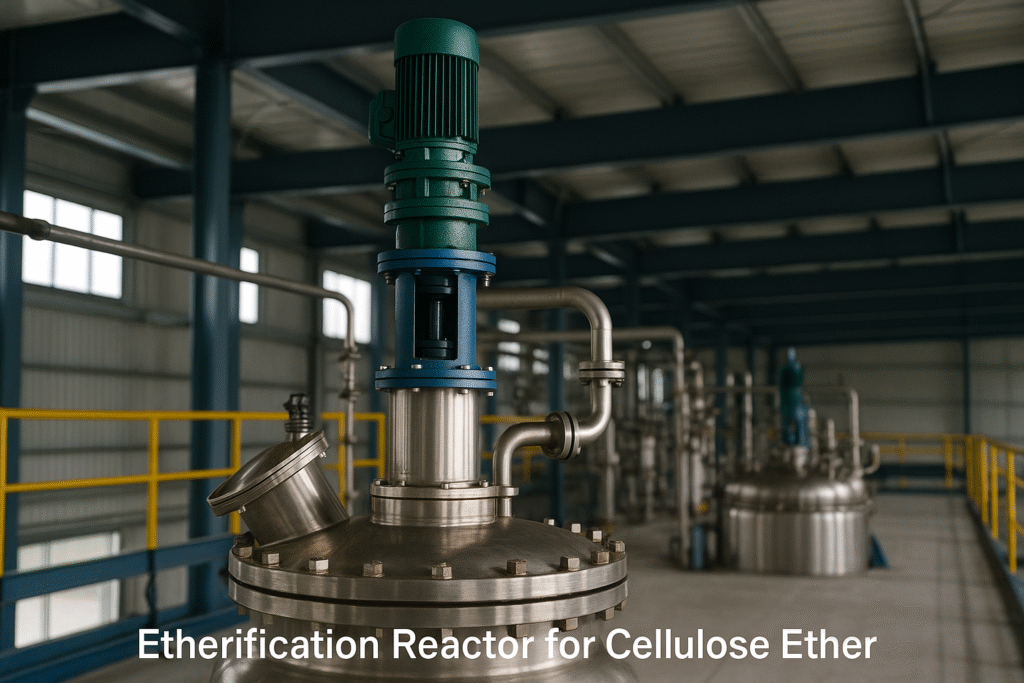
Chemistry Behind Different Cellulose Ether Types
The etherification process is where the specialized characteristics of different cellulose ether types are created. This process involves precise chemical engineering that determines whether we produce HPMC, CMC, HEC, or other variants.
| Cellulose Ether Type | Main Etherifying Agent | Special Properties | Common Applications |
|---|---|---|---|
| HPMC | Chloromethane & Propylene Oxide | Thermal gelation, excellent water retention | Tile adhesives, renders |
| CMC4 | Chloroacetic acid | High binding capacity, ionic character | Paints, detergents |
| HEC | Ethylene oxide | Fast dissolution, high transparency | Latex paints, cosmetics |
| MC | Chloromethane | Strong surface activity | Construction mortars |
The reaction conditions must be precisely controlled as even minor fluctuations can dramatically affect the final product. For example, when manufacturing HPMC, the molar substitution ratio (the number of hydroxypropyl groups attached) directly influences water retention capacity. We once had to discard an entire batch where the reaction temperature had fluctuated by just 5°C, resulting in inconsistent substitution and poor performance in customer testing.
The pressure vessels used for this reaction are sophisticated pieces of equipment with multiple safety systems, temperature controls, and mixing mechanisms to ensure uniform reaction throughout the batch.
How Is Raw Cellulose Ether Refined Into Final Product?
Visiting the post-processing area of our factory reveals a stark contrast - from chemical reactors to what looks almost like a food processing facility. This final stage transforms raw cellulose ether into the pristine white powder our customers expect.
The raw cellulose ether undergoes washing to remove reaction by-products and neutralize pH, followed by drying to precise moisture content, grinding to specific particle sizes, and quality testing. This refining process determines the product's dissolution rate, consistency, and overall performance.
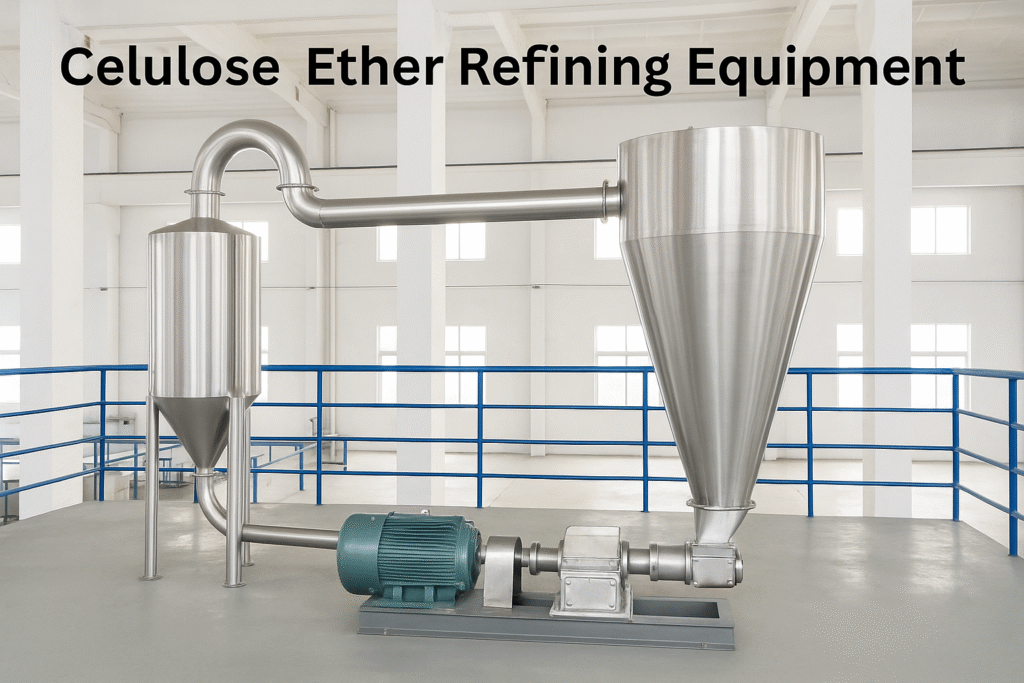
Critical Parameters in Cellulose Ether Refining
The refining process is where we transform a good chemical reaction into an exceptional product. Each step requires careful control and monitoring:
| Refining Stage | Key Parameters | Quality Impact |
|---|---|---|
| Washing | Temperature, pH, water quality | Removes impurities that could affect performance |
| Drying | Temperature profile, moisture content | Determines dissolution speed and storage stability |
| Grinding | Particle size distribution, mesh size | Affects dissolution rate and application convenience |
| Blending | Homogeneity, additive distribution | Ensures consistent performance batch-to-batch |
The washing phase is particularly critical as residual reagents can negatively impact product performance and safety. Our multi-stage washing system ensures thorough cleaning while minimizing water consumption - an environmental concern I've been personally involved in addressing through process optimization.
Drying technology has evolved significantly since I entered this industry. We now use fluid bed dryers that provide more uniform moisture content compared to older drum dryers. This investment increased our production costs by 15%, but reduced customer complaints about inconsistent dissolution by over 40%.
The grinding and classification system determines the final particle size distribution - a parameter often overlooked but crucial for end-use performance. For construction products, we typically aim for a precise distribution that balances dissolution rate with handling properties during mixing. Our advanced milling system allows us to customize particle size for specific customer applications - something smaller manufacturers simply cannot offer.
Conclusion
Cellulose ether1 manufacturing combines precise chemical engineering with careful processing. The quality differences between manufacturers stem directly from their control of these critical processes, ultimately determining how your construction materials will perform.
-
Explore the versatility of cellulose ether in construction materials and its benefits. ↩ ↩
-
Find out how HPMC enhances construction materials with its unique properties. ↩
-
Learn about HEC's fast dissolution and transparency advantages. ↩
-
Explore the applications of CMC and its significance in different products. ↩
